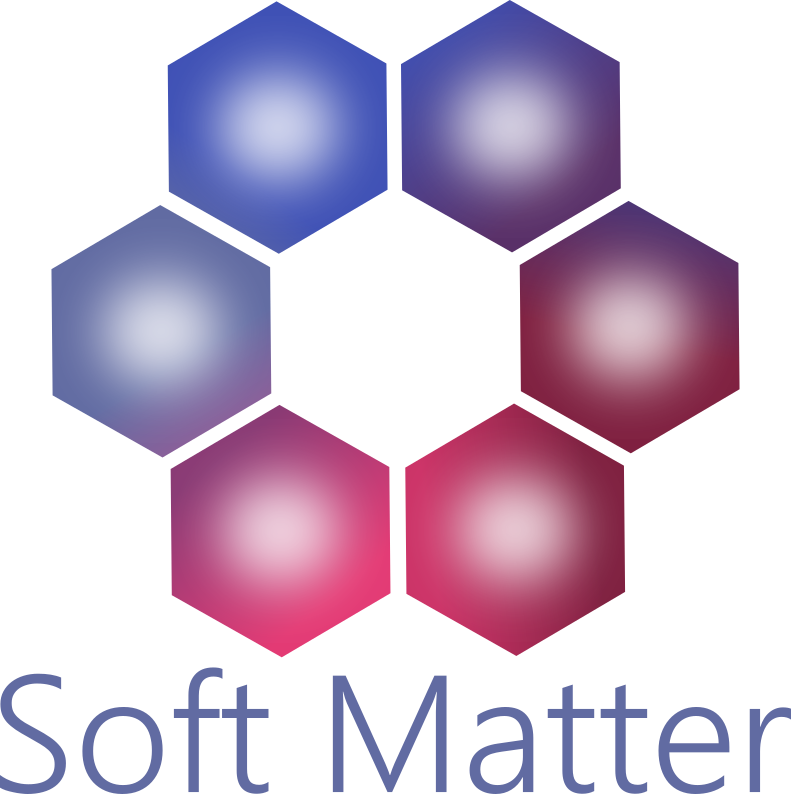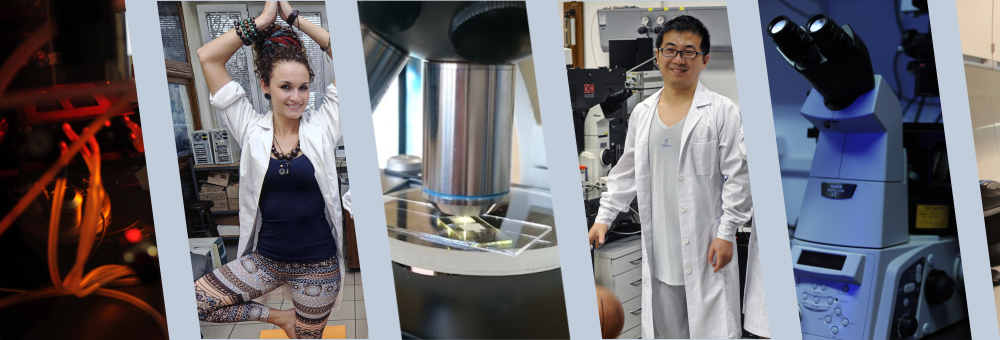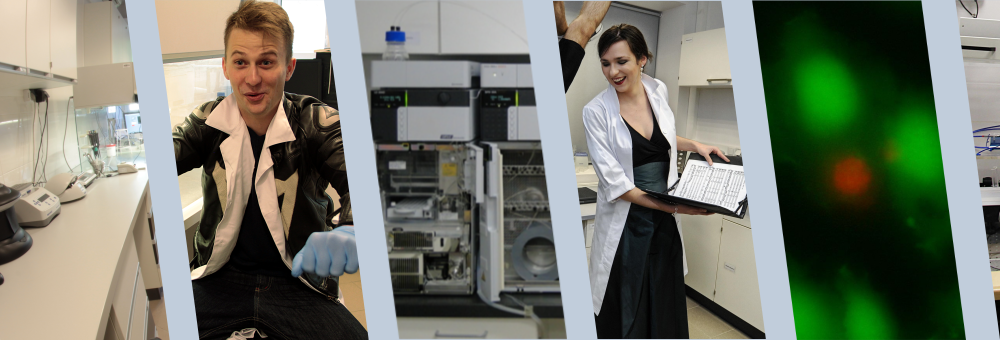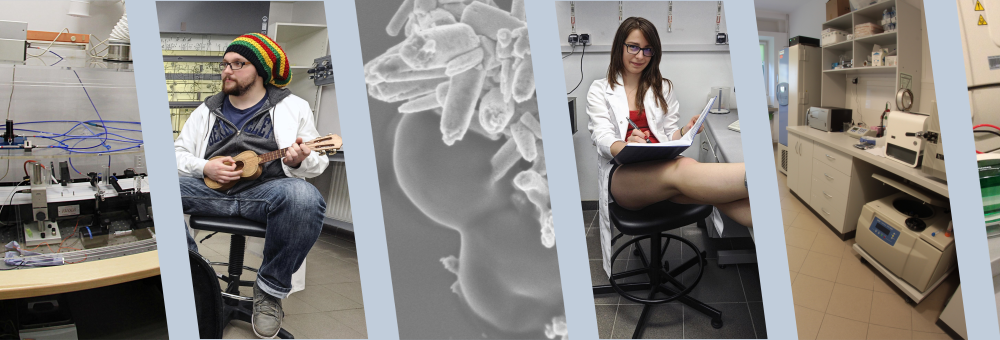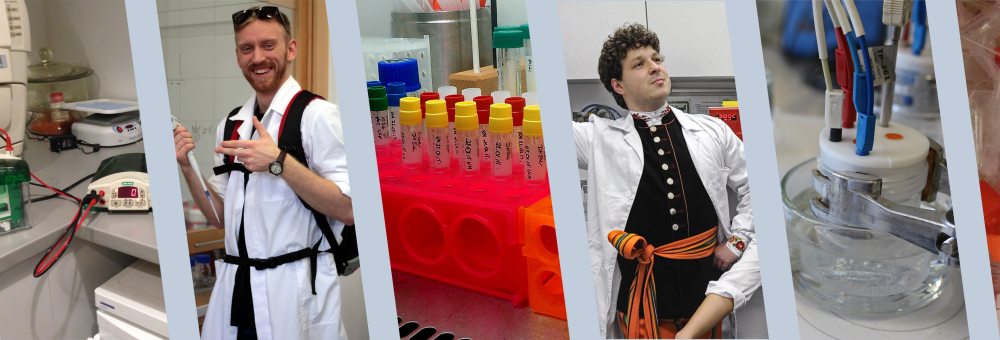Publication
Joint effect of surfactants and cephalexin on the formation of Escherichia coli filament
Author(s): Hou, Sen and Jia, Zhenzhen and Kryszczuk, Katarzyna and Chen, Da and Wang, Lining and Holyst, Robert and Feng, Xizeng
Title: Joint effect of surfactants and cephalexin on the formation of Escherichia coli filament
Abstract: Both antibiotics and surfactants commonly exist in natural environment have generated great concerns due to their biological influence on ecosystem. A major concern lies in the capacity of antibiotics to bacterial filaments formation, which has potential health risks. their joint effect is not clear so far. Here, we studied the effect of cephalexin (Cex), a typical antibiotic, and differently surfactants on the formation of E. coli filaments. Three kinds surfactants characterized by different charges were used: cationic (CTAB), anionic surfactant (SDS) and nonionic surfactant Data showed that Cex alone caused the formation of E. coli elongating their maximum profile from ca. 2 mu m (a single E. cell) to tens of micrometers (an E. coli filament). A joint use of with Cex could produce even longer E. coli filaments, the maximum length of the bacteria to larger than 100 mu m. capacity order of different surfactants under their optimum to produce elongated E. coli filaments was Tween > SDS > The E. coli filaments were characterized with a normal DNA and a good cell membrane integrity. We measured the of bacterial cell wall by atomic force microscopy and the elongation capacity of the E. coli filaments to the of cell wall. Zeta potential measurement indicated that into or being bound to the cell surface in a large quantity tested not to be the major way that surfactants interacted with bacteria.
Journal: ECOTOXICOLOGY AND ENVIRONMENTAL SAFETY
Publisher: ACADEMIC PRESS INC ELSEVIER SCIENCE
Addres: 525 B ST, STE 1900, SAN DIEGO, CA 92101-4495 USA
Volume: 199
ID: ISI:000536056600015
Year: 2020
DOI: 10.1016/j.ecoenv.2020.110750



